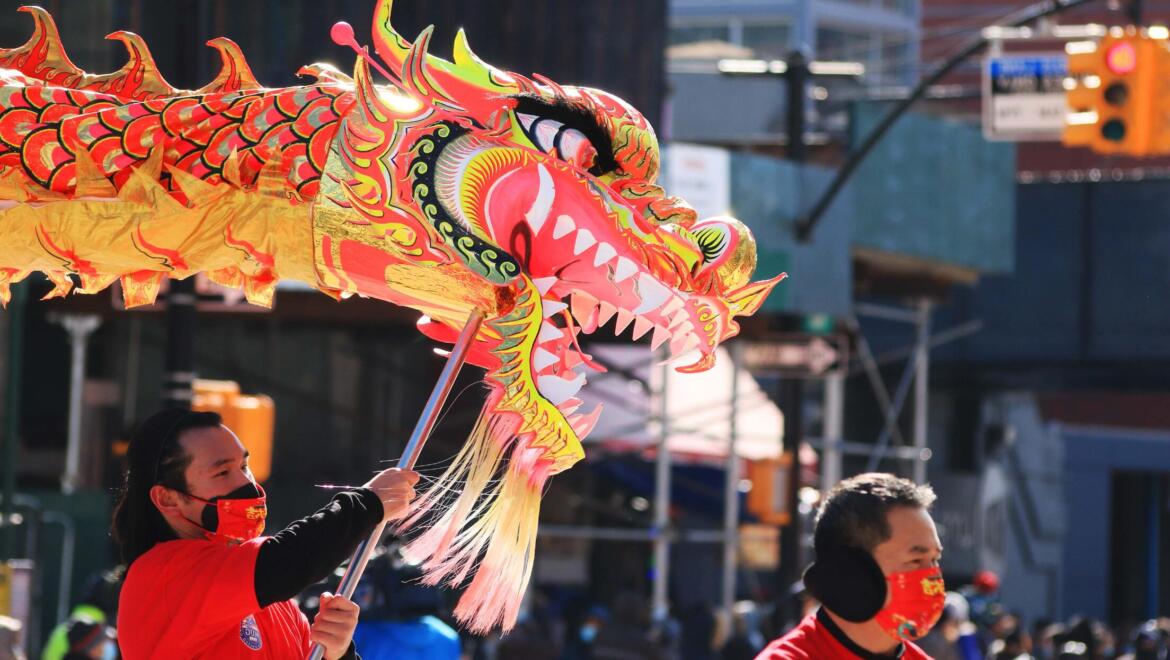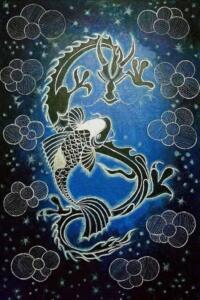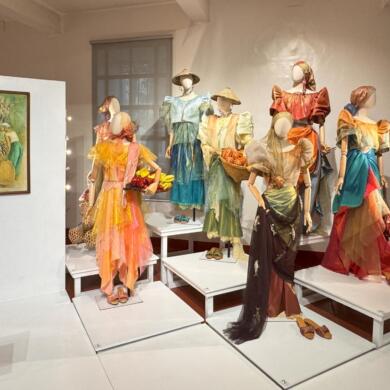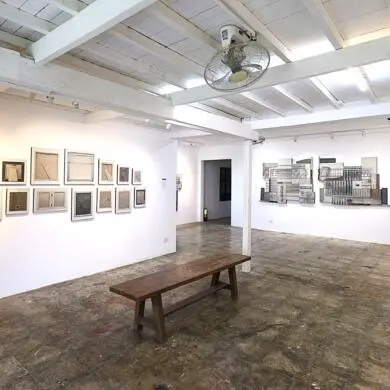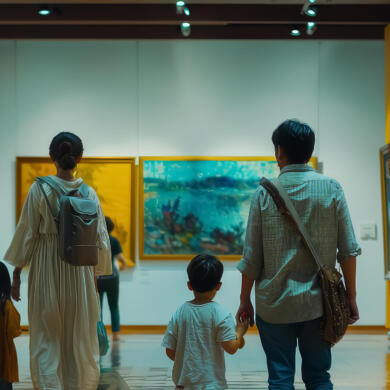In Chinese culture, a dragon symbolizes good luck, strength, and power.
The Year of the Dragon is celebrated in various ways, once every 12 years. The dragon years of the last century were 1928, 1940, 1952, 1964, 1976, 1988, 2000, 2012, and this year, 2024.
One of the traditional ways to celebrate the Year of the Dragon, Chinese New Year, and other festivities is through the dragon dance parade. Performing the dragon dance during festivals and celebrations drives away evil spirits and welcomes good luck and blessings to the community. It is also said to control water, rain, hurricanes, and floods.
During the Tang and Song Dynasties, this tradition was accompanied by other performers, such as lion dancers, acrobats, kung fu performers, and rhythmic drummers—alongside tons of firecrackers.
Traditionally, dragon mascots were made of wood or bamboo. However, in these modern times, they are made of lighter materials, such as aluminum. They also vary in length and typically range between two and 100 meters for larger parades.
They have three main segments: head, body, and tail. The dragon’s body is usually divided into sections with odd numbers of 9, 11, and 13 and can go up as many as 29. Originally crafted from bamboo hoops and covered with colorful fabric, the body features decorative dragon scales for a vibrant design.
Dragons are also a common subject in art, often symbolizing power, luck, and authority.
They have been a traditional subject in paintings, sculptures, and other art forms. In paintings, dragons, alongside their twisted forms and spirited breath, are the main elements that convey power and mystery. In sculpture, capturing the essence of dragons in three-dimensional form showcases the intricate details of scales, claws, and wings.
Maria Collera, a FilipinoArtPH artist, has incorporated a dragon into her painting, “Infinity of Love.” Interestingly, her artwork depicts the union of the dragon and koi, symbolizing abundance and power.
— Toby Denise Concepcion

